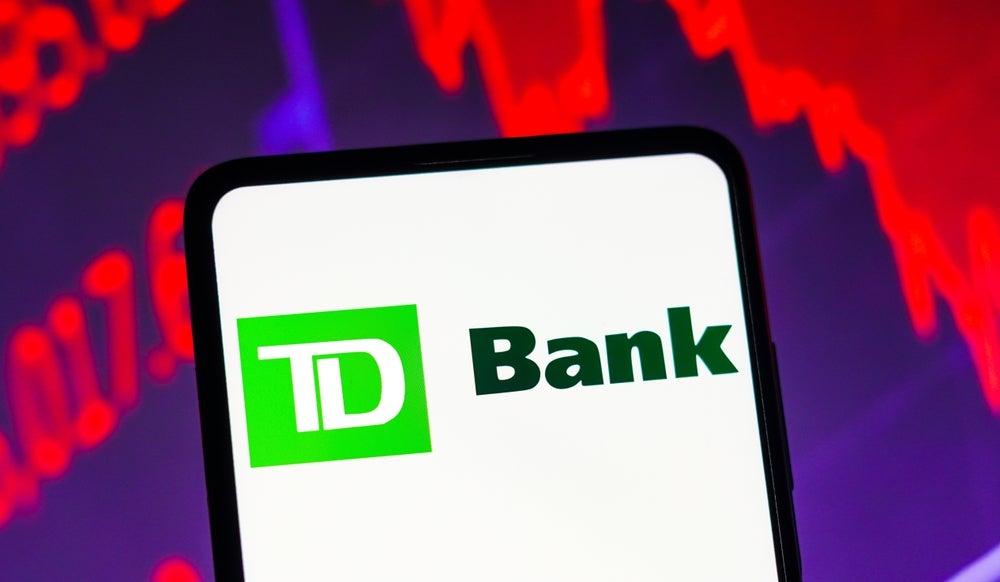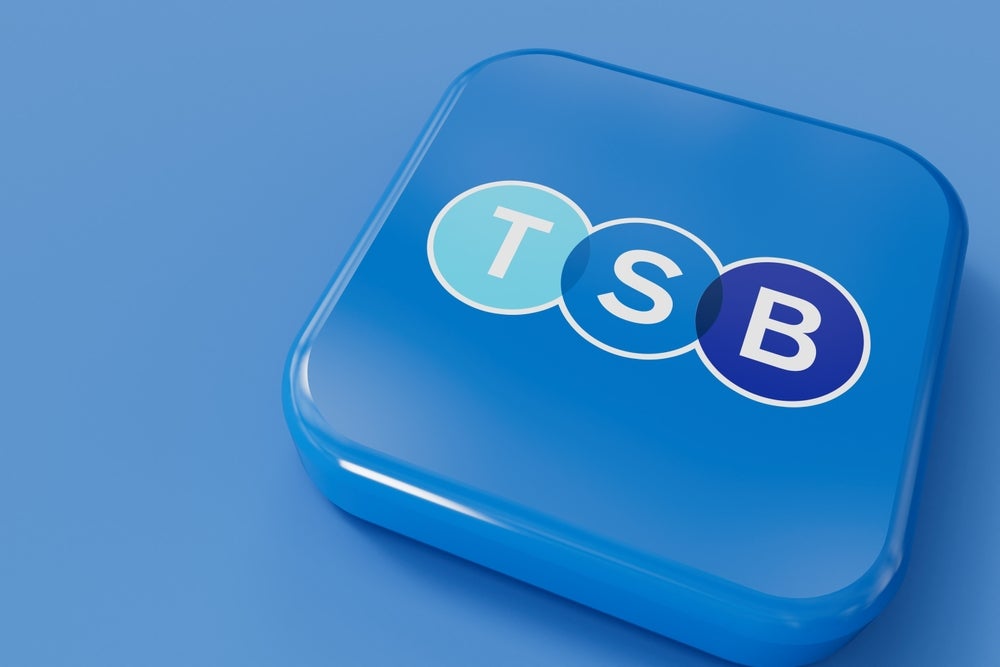Singapore’s OCBC Bank
prides itself as being a player with a rich history of innovation.
Kenneth Tan, head of debit cards, tells Ronan McCaughey about the
bank’s potential foray into mobile payments and the strategy behind
its newly launched programme targeting the youth
sector.
 Kenneth Tan, head
Kenneth Tan, head
of debit cards at OCBC Bank, believes customer insights are
“crucial” to executing payment innovation. OCBC has already proved
its ability to spot gaps in the retail banking market when it
introduced a credit card specifically aimed at senior consumers in
2010.
Now OCBC has launched a
segment-specific banking programme for the youth and young working
adults segment. Branded ‘FRANK by OCBC’, the programme aims to
engage its target market by serving customers in Frank retail
stores instead of OCBC Bank branches.
FRANK will also use Facebook
as a tool to engage with its customers through regular updates on
financial tips, promotions and topics that are relevant to a young
working adult and go beyond banking product marketing, such as
preparing for the first job interview.
OCBC has also rolled out a
specific website, www.FRANKbyOCBC.com, which links Gen Y’s social
media interest with banking.
How well do you really know your competitors?
Access the most comprehensive Company Profiles on the market, powered by GlobalData. Save hours of research. Gain competitive edge.

Thank you!
Your download email will arrive shortly
Not ready to buy yet? Download a free sample
We are confident about the unique quality of our Company Profiles. However, we want you to make the most beneficial decision for your business, so we offer a free sample that you can download by submitting the below form
By GlobalDataOCBC has already launched a
FRANK debit card and FRANK customers can customise the products
from one hundred designs.
Tan discussed with
RBI the background to the FRANK initiative.
“The branding is different,
but underpinning the branding is a service culture. It is
experimental,” he says.
“We have brought in new
people and the whole outlook and feel is very youth oriented. FRANK
is more hip and trendy. The whole idea is to connect with
users.”
According to Tan, OCBC is the
first to target the youth segment in such an aggressive
way.
OCBC has about 748,000 youths
and young working adults as customers and has moved its FRANK brand
image away from its traditional, serious corporate
image.
The FRANK branches for its
Generation Y customers look different to the traditional branch.
The new branch concept is modelled after a shopping experience that
youths and young working adults are familiar with, such as shopping
for a gadget or fashion item, the bank had explained at the
launch.
In addition, OCBC transformed
its two branches at two universities in Singapore into FRANK retail
branches and is planning to open more such branches in shopping
centres.
OCBC has undertaken extensive
research on youth psychology and behaviour and found that most
valued the freedom for self-expression, which is why the bank is
giving young customers the opportunity to choose the design of
their cards from 100 templates. Customers can then also change the
design in exchange for a fee of between S$10 to S$50 ($8 to
$41).
 The FRANK
The FRANK
accounts will offer higher interest rates than traditional savings
accounts and clients will be able to create sub-accounts, or
savings jars, as OCBC called it, to categorise their
savings.
The account will be free and
requires no minimum balance for anybody aged under 26 years of
age.
Besides FRANK, the bank is
now also getting ready to launch an NFC-enabled mobile payments
service.
“The time is ripe to provide
a payment alternative for technology savvy consumers given the high
rate of mobile phone penetration and the increased introduction of
new NFC-enabled mobile phones in the market,” says Tan.
He expects mobile phones to
become the ‘card’ for all payments eventually, simply because “no
one leaves his house these days, without his phone”.
Tan adds: “The rate of NFC
payment adoption is limited by acceptance points, but we see huge
possibilities ahead even as more contactless payment terminals are
rolled out to the market.”
OCBC is working with NETS, an
Asian telcos company, on the NFC front, but Tan emphasises that the
bank is keeping its options open in terms of the operating model
for any mobile payments launch and this would also depend on
customers’ needs.
The time is certainly ripe
for a mobile payments service to be launched in Singapore as the
Infocomm Development Authority of Singapore (IDA) has issued a
call-for-collaboration to invite proposals from consortiums for the
deployment of an interoperable mobile NFC infrastructure and
payment services via a trusted-third-party.
According to a public
briefing document released by the IDA, the closing date for
submissions was 1 February 2011.
Indonesia is one market where
Tan suggest mobile payments could take off and certainly he
believes the market, which he refers to as a “sleeping giant” has
rich potential for debit products, even if it does not take a
plastic form.
“At the end of the day a card
is just a form factor. We are actually looking at payments,” says
Tan.
Prior late 2009, Tan says market has generally ignored
debit as a payment tool. However, he says this is changing as a
result of the economic downturn and “an awakening of financial
prudency” by consumers.







